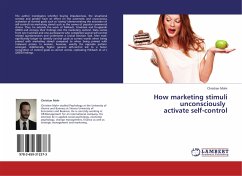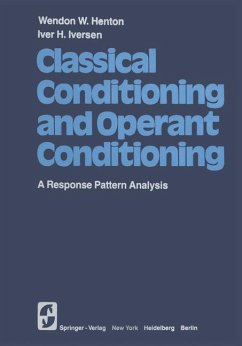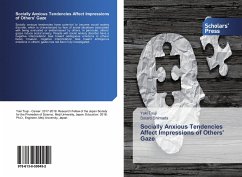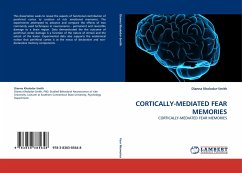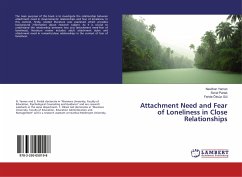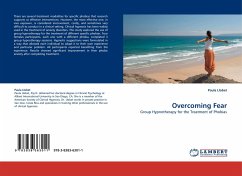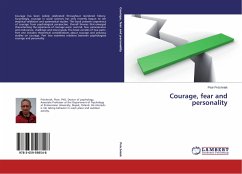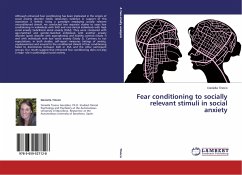
Fear conditioning to socially relevant stimuli in social anxiety
Versandkostenfrei!
Versandfertig in 6-10 Tagen
36,99 €
inkl. MwSt.

PAYBACK Punkte
18 °P sammeln!
Although enhanced fear conditioning has been implicated in the origins of social anxiety disorder (SAD), laboratory evidence in support of this association is limited. Using a paradigm employing socially relevant unconditioned stimuli, we conducted two separate studies to asses fear conditioning in individuals with SAD and non-clinical individuals with high social anxiety (subclinical social anxiety [SSA]). They were compared with age-matched and gender-matched individuals with another anxiety disorder (panic disorder with agoraphobia) and healthy controls (Study 1) and with individuals with l...
Although enhanced fear conditioning has been implicated in the origins of social anxiety disorder (SAD), laboratory evidence in support of this association is limited. Using a paradigm employing socially relevant unconditioned stimuli, we conducted two separate studies to asses fear conditioning in individuals with SAD and non-clinical individuals with high social anxiety (subclinical social anxiety [SSA]). They were compared with age-matched and gender-matched individuals with another anxiety disorder (panic disorder with agoraphobia) and healthy controls (Study 1) and with individuals with low social anxiety (Study 2). Contrary to our expectations, in both studies, self-report measures (ratings of anxiety, unpleasantness and arousal to the conditioned stimuli) of fear conditioning failed to discriminate between SAD or SSA and the other participant groups. Our results suggest that enhanced fear conditioning does not play a major role in pathological social anxiety.




